Archives
- 2025-11
- 2025-10
- 2025-09
- 2025-03
- 2025-02
- 2025-01
- 2024-12
- 2024-11
- 2024-10
- 2024-09
- 2024-08
- 2024-07
- 2024-06
- 2024-05
- 2024-04
- 2024-03
- 2024-02
- 2024-01
- 2023-12
- 2023-11
- 2023-10
- 2023-09
- 2023-08
- 2023-07
- 2023-06
- 2023-05
- 2023-04
- 2023-03
- 2023-02
- 2023-01
- 2022-12
- 2022-11
- 2022-10
- 2022-09
- 2022-08
- 2022-07
- 2022-06
- 2022-05
- 2022-04
- 2022-03
- 2022-02
- 2022-01
- 2021-12
- 2021-11
- 2021-10
- 2021-09
- 2021-08
- 2021-07
- 2021-06
- 2021-05
- 2021-04
- 2021-03
- 2021-02
- 2021-01
- 2020-12
- 2020-11
- 2020-10
- 2020-09
- 2020-08
- 2020-07
- 2020-06
- 2020-05
- 2020-04
- 2020-03
- 2020-02
- 2020-01
- 2019-12
- 2019-11
- 2019-10
- 2019-09
- 2019-08
- 2019-07
- 2018-07
-
Several effective strategies have been developed to design
2020-06-08
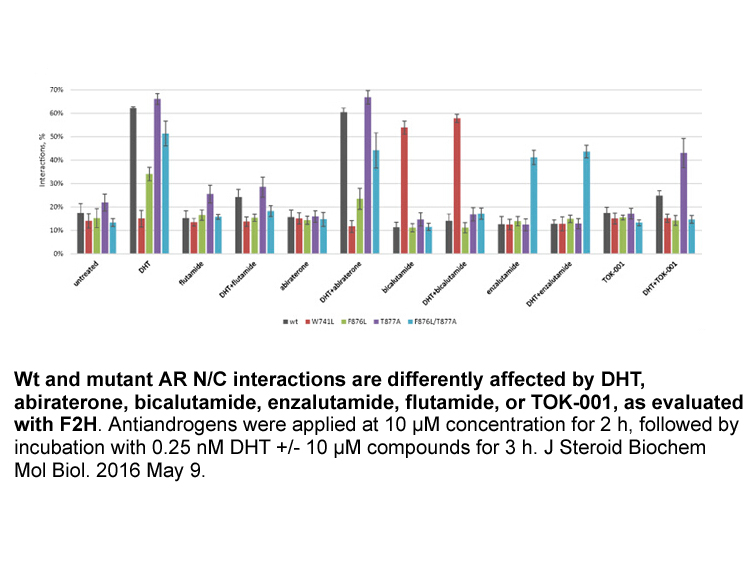
Several effective strategies have been developed to design activatable MR probes according to the Solomon, Bloembergen and Morgan (SBM) theory, including modulation of the number of inner-sphere water molecules (q), the rotational tumbling time (τ) and the residence lifetime of inner-sphere water mo
-
br RING dimerization RING type domains are
2020-06-08
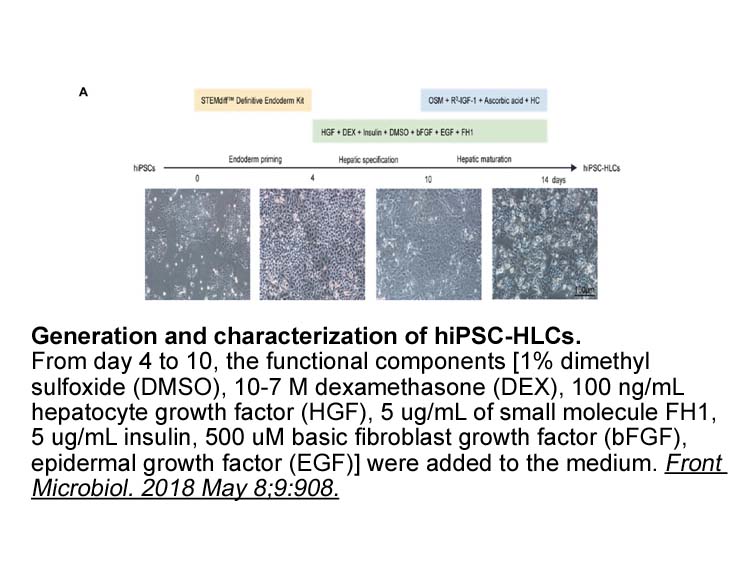
RING dimerization RING-type domains are found in many different structural contexts. While many exist as single-chain fgf receptor inhibitor (Fig. 3A), a notable feature of RING-type E3s is their tendency to form homodimers and heterodimers (Fig. 3C–F). Homodimeric RING-type E3s include cIAP, RNF
-
The Lysine mutant is located in the tail region of
2020-06-08
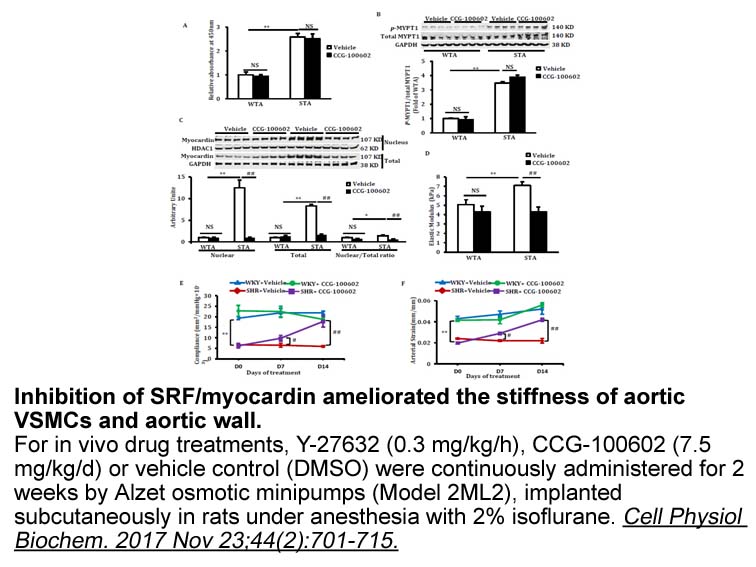
The Lysine429 mutant is located in the tail region of 5-HT2A, which is predicted to be unstructured. This region has been shown to interact, in vitro, with PSD95 and leads to differences in signaling (Xia et al., 2003). The ASK motif, a component of the tail region, is also important for regulation
-
Although the ferromagnetic particles and T DNA
2020-06-08
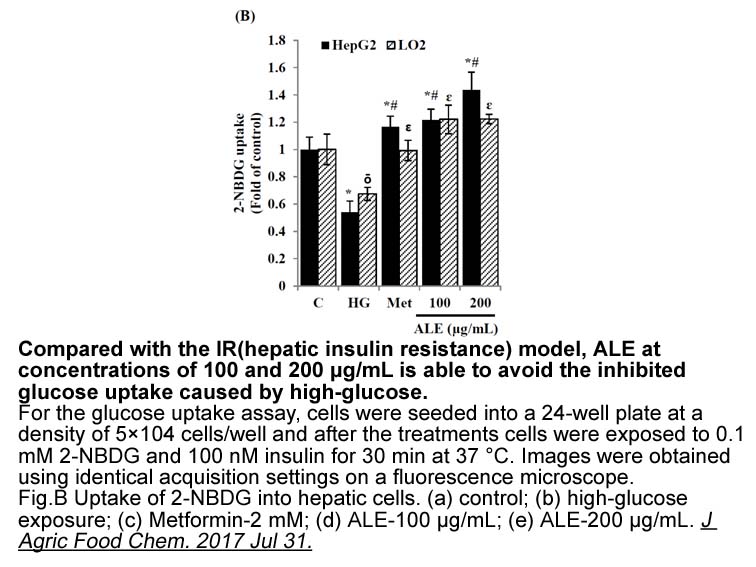
Although the ferromagnetic particles and T4 CRT0044876 on the particles were heated by the ac magnetic field, the average temperature of the reaction solution as a whole was kept suitably low for the annealing of DNA ends (16°C). Indeed, no appreciable increase in the temperature of the reaction so
-
br The related catalytic regions of the human DNA
2020-06-08

The related catalytic regions of the human DNA ligases contain three domains, a DNA binding domain (DBD), a nucleotidyl transferase domain (NTase) and an oligonucleotide/oligosaccharide-fold binding domain (OBD) (Ellenberger and Tomkinson, 2008). Similar to DNA ligase I, the DNA ligase III polypep
-
Previous studies revealed the expression of the CCR receptor
2020-06-08

Previous studies revealed the expression of the CCR3 receptor in neurons and its neuroprotective function using mice lacking CCR3 expression (Wainwright et al., 2009). The regulation of CCR3 receptor expression in the microglia and astrocytes was shown in neurological disorders and has been demonstr
-
One specific brain region that may
2020-06-08
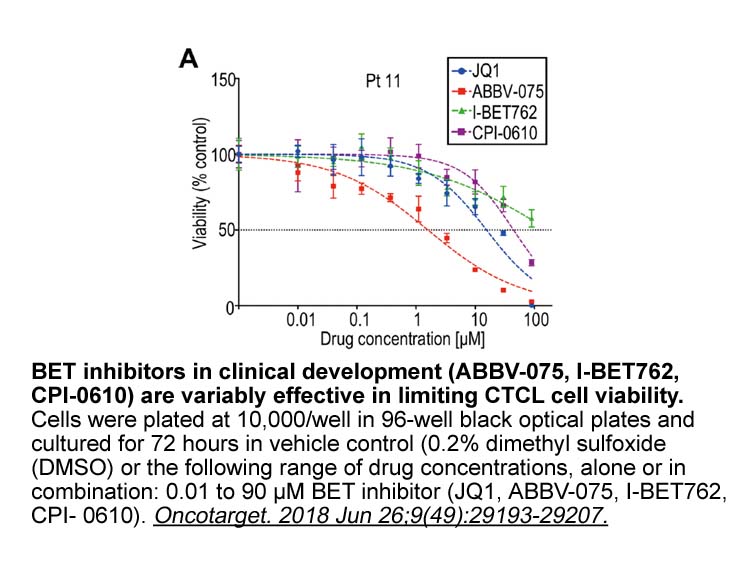
One specific Selumetinib region that may be involved in the reduction of anxiety after anti-SVG-30 treatment is the lateral septum which contains a high density of CRF2 receptors [5], [44]. The lateral septum often exhibits increased immediate early gene expression in response to stress and anxiety
-
br Alcohol and the amygdala br Alcohol and the
2020-06-08

Alcohol and the amygdala Alcohol and the CRF1 system Given the marked effects of alcohol on inhibitory neurotransmission in the amygdala and the regulation of amygdalar GABAergic activity by CRF and activity at the CRF1 receptor, the CRF system is a logical site for the actions of alcohol in t
-
MicroRNA miRNA is a class of highly conserved non coding
2020-06-05
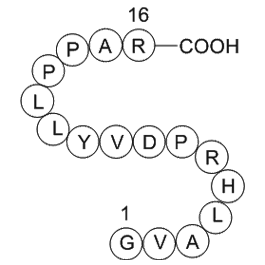
MicroRNA (miRNA) is a class of highly conserved, non-coding small molecules containing 19–25 nucleotides. miRNAs are involved in the regulation of genes associated with cancer development and progression and therefore can act as oncogenes, by contributing to tumor formation,17, 18 or as tumor suppre
-
br Results and discussion br Conclusion
2020-06-05

Results and discussion Conclusion In the current study, a series of novel ‘open-chain’ classes of E. coli PDHc E1 inhibitors, N-acylhydrazone pyrimidine derivatives A, B, and C were designed and synthesized. As novel ThDP analogs, all A displayed moderate to powerful inhibitory activity with I
-
As mentioned above there are two major pathways for the
2020-06-05
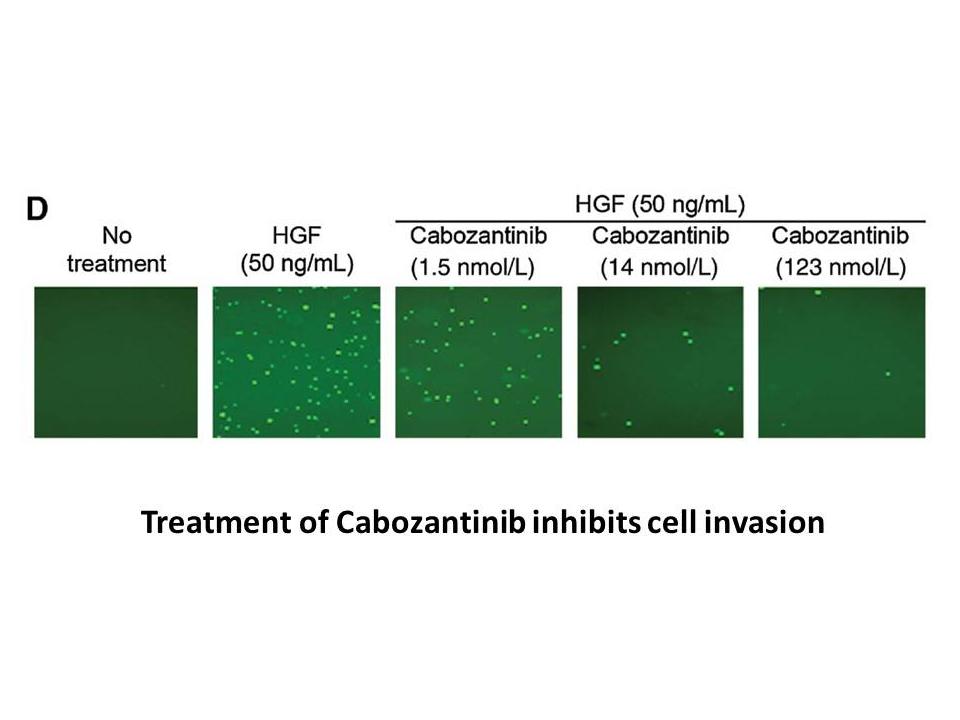
As mentioned above, there are two major pathways for the DSB repair in mammalian cells, NHEJ and HR/HDR (homology-directed repair) [13], [51]. NHEJ is active throughout the cell cycle, predominately during the G0 and G1 phases and is considered the major pathway for the DSB repair in human cells [52
-
ATRX belongs to the switch sucrose non fermenting
2020-06-05
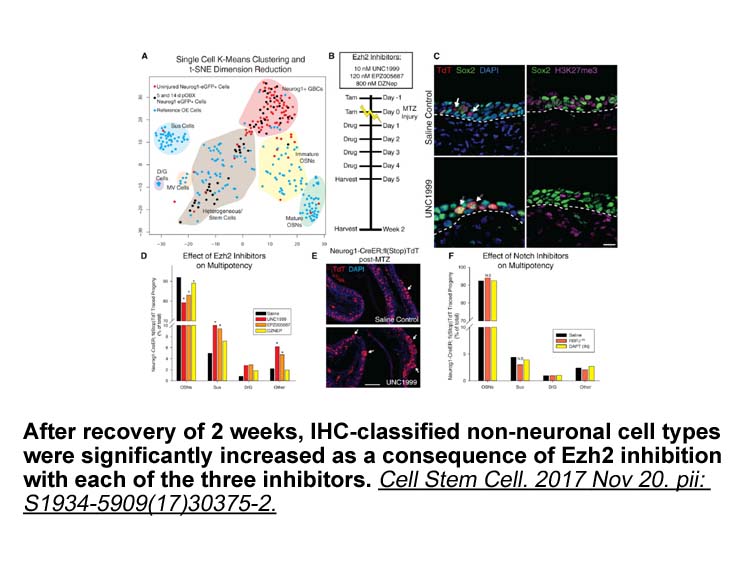
ATRX belongs to the switch/sucrose non-fermenting (SWI/SNF) chromatin remodeling family, mutations in which cause syndromal mental retardation and downregulation of α-globin expression (Gibbons et al., 1995). Most of these mutations are located in two highly conserved regions of the ATRX protein: a
-
The present work shows that
2020-06-05

The present work shows that normal climatic conditions are not critical for the long time survival of DNA in untreated blood stains. This information may be useful for laboratories who wish to store reference blood samples in a simple way, while saving the costs of commercial substrates that are tre
-
integrin signaling pathway br STAR Methods br Acknowledgment
2020-06-05
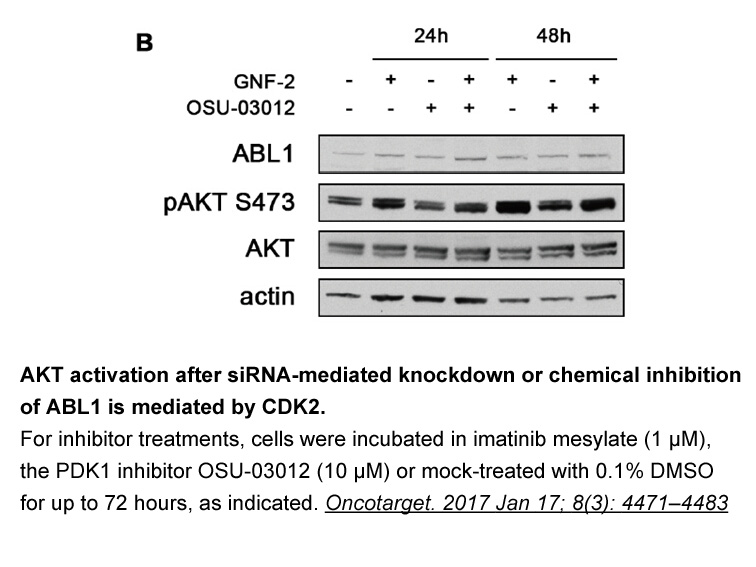
STAR★Methods Acknowledgments We are grateful to Matthias Mayer at ZMBH in Heidelberg for access to his CD-spectrometer and his help in data interpretation. Technical support by Wolfgang Weinig is gratefully acknowledged. This project was financially supported by the European Union as part of t
-
As shown in Fig there
2020-06-05
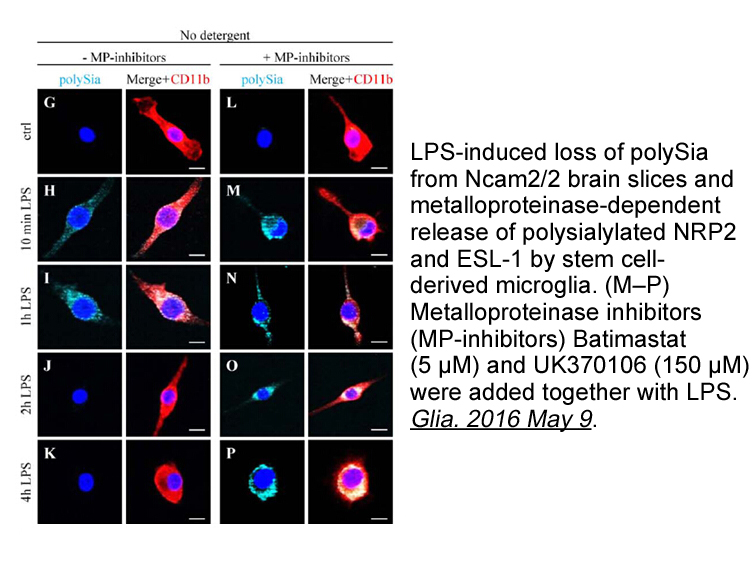
As shown in Fig. 9, there are two mechanisms for the removal of the Va-acyl group from PC to make it available for incorporation into TAG with DGATs\' acting at the final acylation step. ①: Transfer of Va from PC to the acyl-CoA pool. This process can be driven by the reverse action of acyl- CoA:lys
15310 records 868/1021 page Previous Next First page 上5页 866867868869870 下5页 Last page